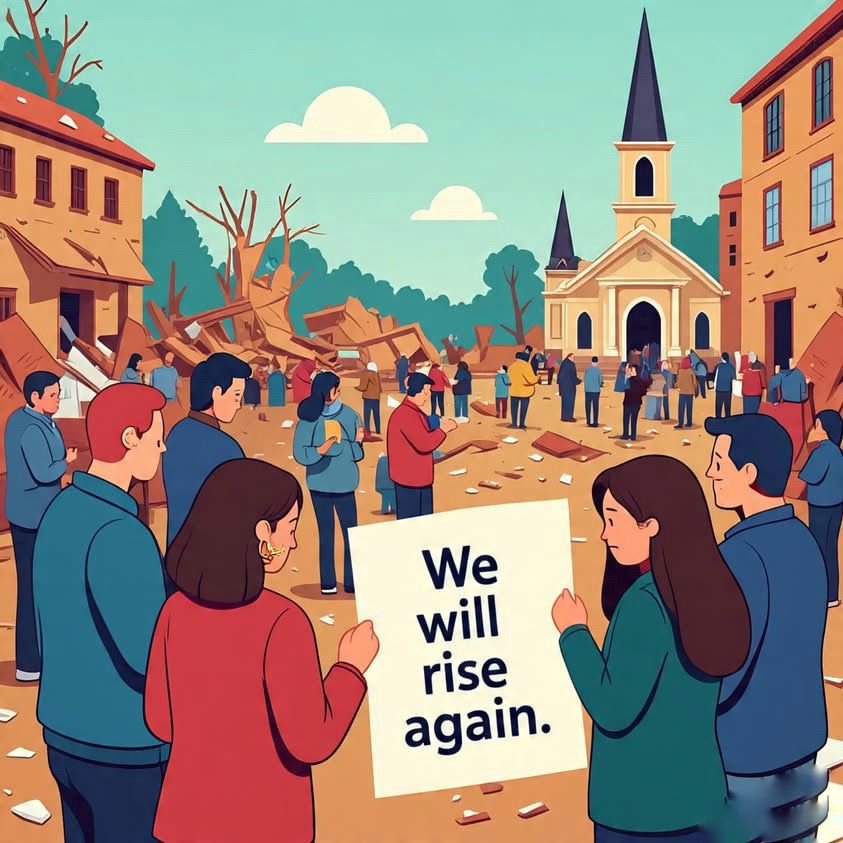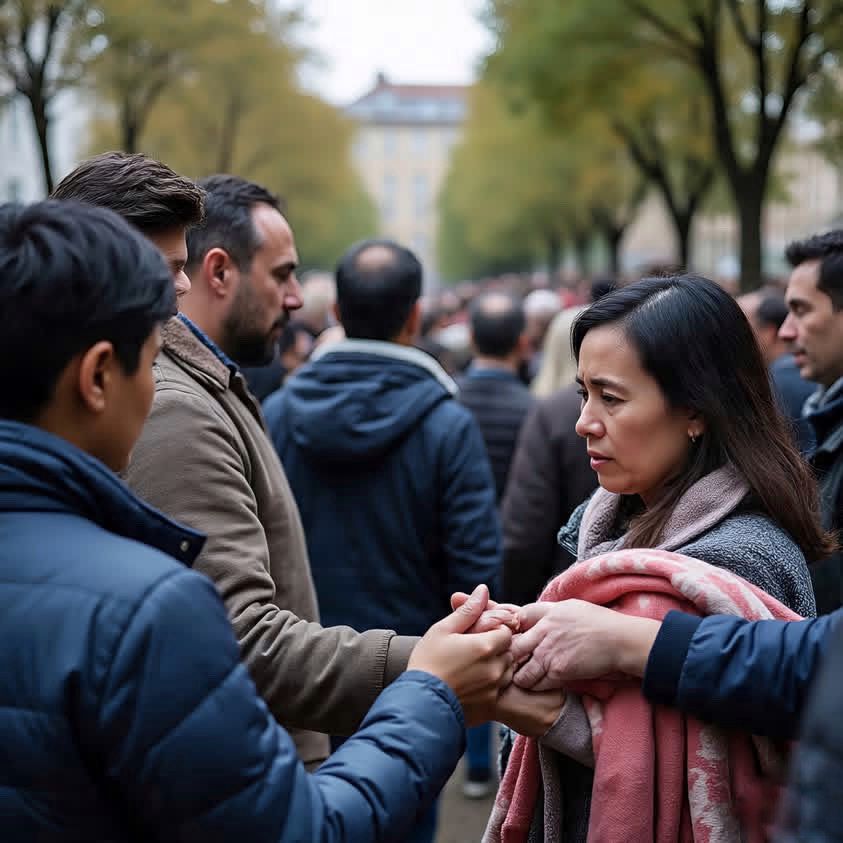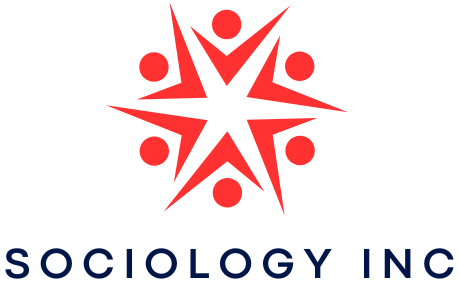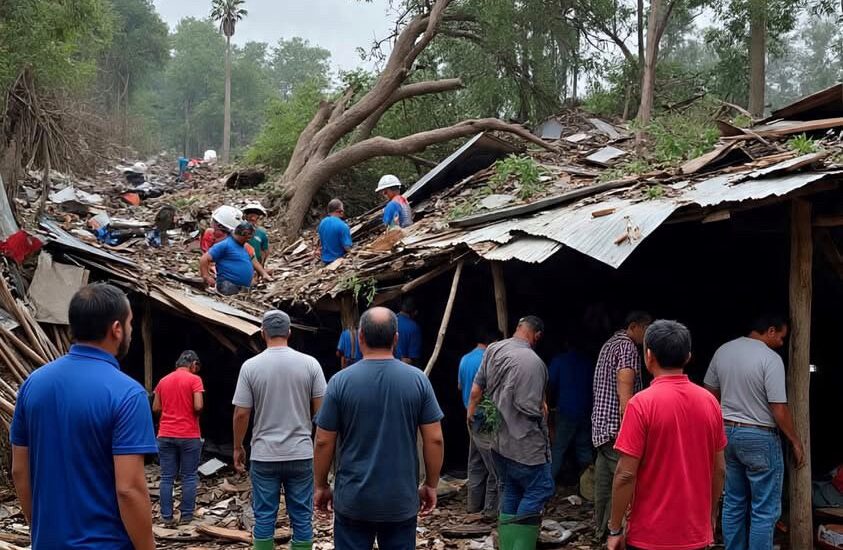Discover how disaster sociology reveals patterns in human behavior during crises, challenges recovery myths, and shows why community resilience matters more than ever. I remember watching the news coverage of Hurricane Katrina back in 2005, and something struck me that I could not quite articulate at the time. Beyond the obvious devastation and tragedy, there was this fascinating pattern emerging in how people responded. Some neighborhoods came together immediately, while others seemed to fracture. Some families evacuated within hours, while others stayed behind despite warnings. At the time, I thought these were just random choices, but years later I discovered an entire field dedicated to understanding exactly these kinds of patterns. That field is disaster sociology, and it has completely changed how I view both catastrophes and the communities they impact.
Most people think of disasters purely in terms of physical destruction. Buildings collapse, floods sweep through towns, fires consume forests. But disaster sociology looks at what happens to the social fabric when crisis strikes. How do relationships change? What determines who gets help first? Why do some communities bounce back stronger while others never fully recover? These questions matter far more than we realize because the answers shape survival, recovery, and everything that comes after.
The discipline itself emerged from actual disasters, which seems fitting when you think about it. After major earthquakes and floods in the early twentieth century, researchers started noticing that human behavior during these events followed predictable patterns. People were not just panicking randomly or acting purely on instinct. They were making decisions based on their social networks, their economic status, their trust in authorities, and their previous experiences. This realization opened up an entirely new way of understanding catastrophes.

What really fascinates me about disaster sociology is how it challenges our Hollywood-fed notions of how people behave when everything falls apart. We have been trained to expect looting, chaos, and everyone looking out for themselves. The reality documented by disaster researchers tells a very different story. When disaster strikes, most communities actually pull together. Neighbors who barely knew each other start sharing resources. Informal networks spring up to help the elderly and vulnerable. People risk their own safety to help strangers. Yes, there are exceptions, but the overall pattern leans toward solidarity rather than selfishness.
But here is where it gets complicated, and this is something that disaster sociology forces us to confront. Not everyone experiences disasters the same way. Your zip code, your income level, your race, and your social connections dramatically affect your chances of survival and recovery. When researchers study disaster preparedness and response, they find these uncomfortable truths everywhere. Wealthier neighborhoods evacuate faster because they have cars and places to go. Poor communities often lack the resources to leave or rebuild. Marginalized groups face discrimination even in emergency shelters. These are not accidents or coincidences. They are patterns that disaster sociology helps us identify and hopefully address.
I think about this every time I hear officials talking about disaster response plans. Are they accounting for the people without transportation? Are they considering language barriers in immigrant communities? Do they understand how historical trauma affects trust in emergency services? Disaster sociology provides frameworks for asking these critical questions before the next hurricane, earthquake, or pandemic arrives.

The concept of vulnerability is central to understanding how disasters impact different populations. Vulnerability in this context means the characteristics that make certain groups more susceptible to harm and less able to recover. An elderly person living alone faces different vulnerabilities than a young family with strong community ties. A coastal town built on solid rock faces different risks than one built on reclaimed wetlands. Disaster sociology examines these layers of vulnerability to help communities identify weak points before disaster strikes.
Recovery is another area where sociology offers crucial insights. The physical rebuilding often happens relatively quickly, especially when resources flow in. But the social recovery takes much longer and receives far less attention. Families get separated and sometimes never reunite. Local businesses close permanently. Community institutions disappear. The social networks that held neighborhoods together get torn apart. Understanding these social dimensions of recovery changes how we measure success and allocate resources in the aftermath.
One aspect that keeps me thinking about this field is how it applies to our current moment. We are living through overlapping disasters right now. Climate change brings increasingly severe weather events. Pandemics disrupt entire societies. Economic crises leave millions vulnerable. Disaster sociology offers tools for understanding not just individual catastrophes but how communities navigate these compound emergencies. It asks us to think about resilience not as bouncing back to how things were, but as adapting and perhaps building something better.
Reference.
Drabek T. E. (1986). Human system responses to disaster: An inventory of sociological findings. Springer-Verla’s
Cannon, T. (1994). Vulnerability analysis and the explanation of ‘natural’ disasters. In A. Varley (Ed.), Disasters, development and environment (pp. 13–30). John Wiley & Sons.
Kreps, G. A. (1984). Sociological inquiry and disaster research. Annual Review of Sociology, 10, 309-330.

